
I don't sail much on this stretch of the river, too industrial and busy for me. But I can see it from where I sail on the main branch of the Elizabeth less than a mile away. That big crane to the right, locally known as the hammerhead crane, is part of the Norfolk Naval Shipyard. The history there dates back to colonial days when it was known as the Gosport Shipyard. The ship Merrimac was scuttled in that stretch of water during the civil war only to be raised and rebuilt by the confederates as the ironclad CSS Virginia. The Virginia went on to have her famous battle with the Monitor about 15 miles away on the James River.
Am I history buff? Not really. But it is hard not to see history on the water around here.
I haven't been sailing in a couple of weeks, travel and work got in the way. But hope to get out this weekend. It will be hot and winds will most likely be light. But that's what we get this time of year. I'll enjoy it anyway.
I got one of my books for the fall cruise in the mail today, David Payne's Gravesend Light. I read it when it came out several years ago, a really great southern novel that takes place on the fictional Little Roanoke Island of the Outer Banks. As far as I'm concerned this books and Payne's Ruin Creek are the best novels from coastal North Carolina.
I got the book, a used hardback first edition, through Amazon for about six bucks, four of those bucks for shipping. A good deal I think.
As I said the book takes place on fictional "Little Roanoke" island. When I first read this book years ago I had thought the village was loosely based on Wanchese, the commercial fishing village at the south end of the very real Roanoke Island. But I'm starting to wonder now if it was based on Wanchese or maybe a mixture of Ocracoke Island with a little bit of Wanchese thrown it. Look at the lighthouse on the book cover, above, and compare it to the Ocracoke Light I photographed on a day sail years ago. You can't see it from my photograph, but the Ocracoke Light has a light keepers house and a picket fence just like on the book cover.
Regardless of location, it is a great book and I can't wait to read it on the fall cruise.

Another book that has caught my attend is Four Fish, The Future of The Last Wild Food by Paul Greenberg. It is a story about fishing, history and our relationship with nature. It got a great review in the NY Times. It is definitely on my reading list. It will fit in nicely with a couple of my favorite books about food and history including (don't laugh at the title) Cod, The Biography of Fish That Changed the World and The Scents of Eden, A History of the Spice Trade.
We are what we eat (and sometimes it is pretty interesting how we get what we eat).






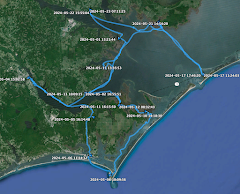
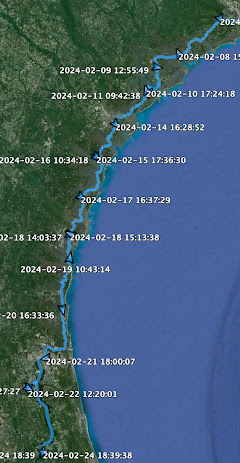

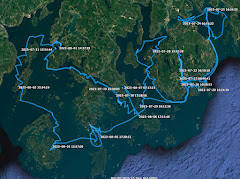

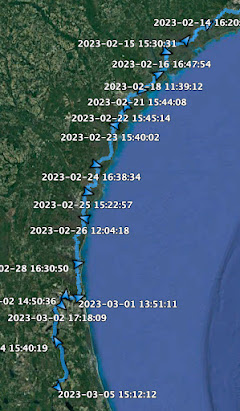


























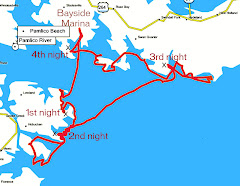


2 comments:
Salmon, Tuna, Bass, and Cod. All four bases. And what we can do with those four is endless. Steve, somehow I need to figure out how to do what you do when you get free time. An awful lot of planning goes into your trips, and you make the most out of every second of them. I'm jealous, but I am there with you every step of the way.
Post a Comment